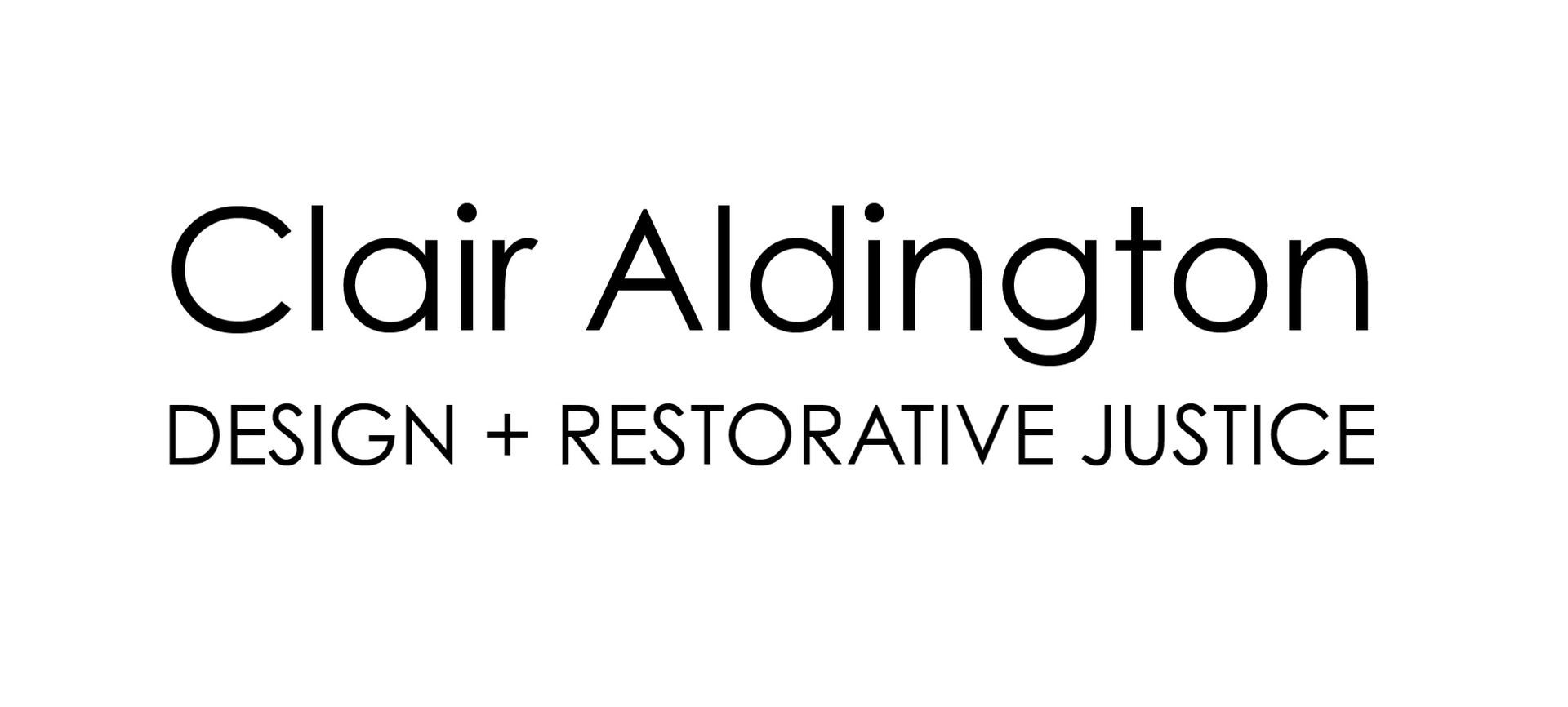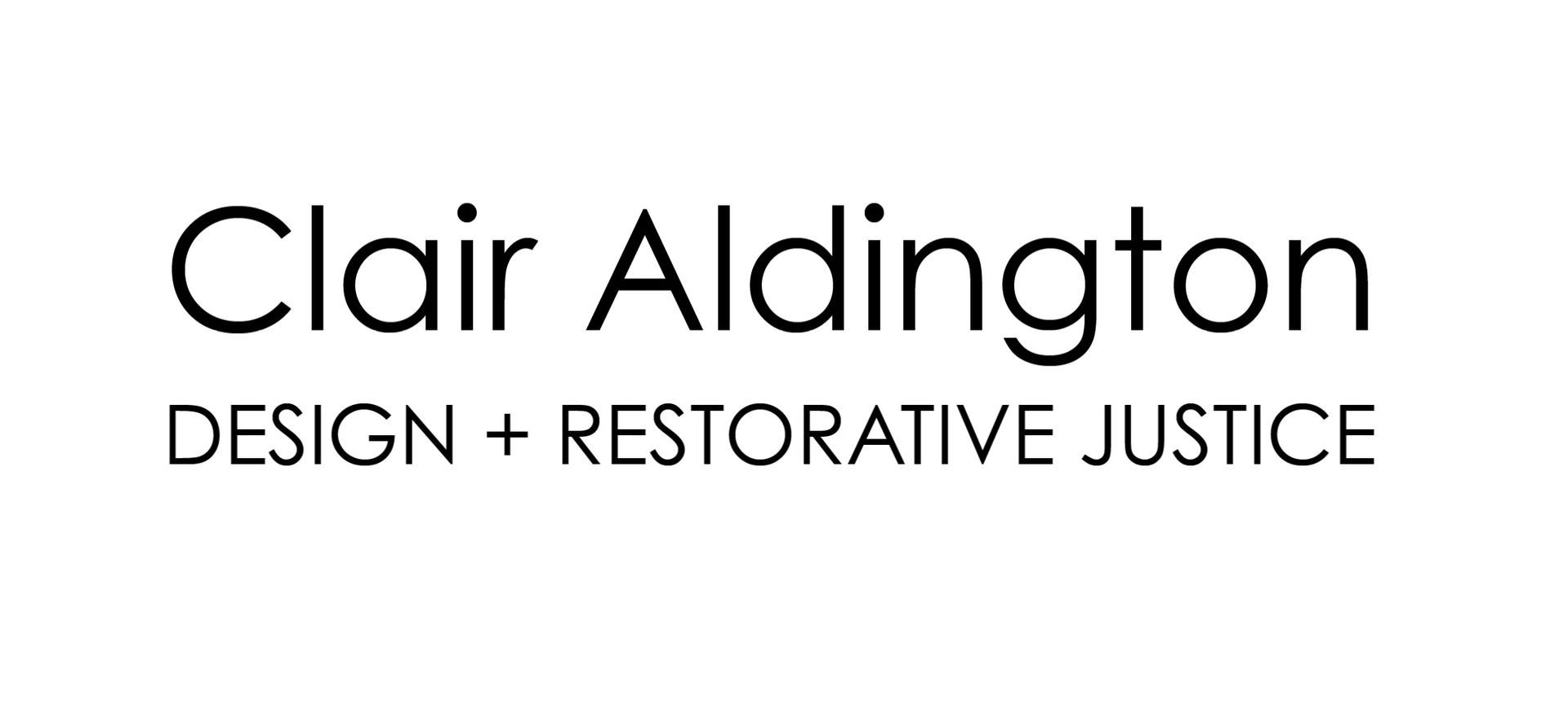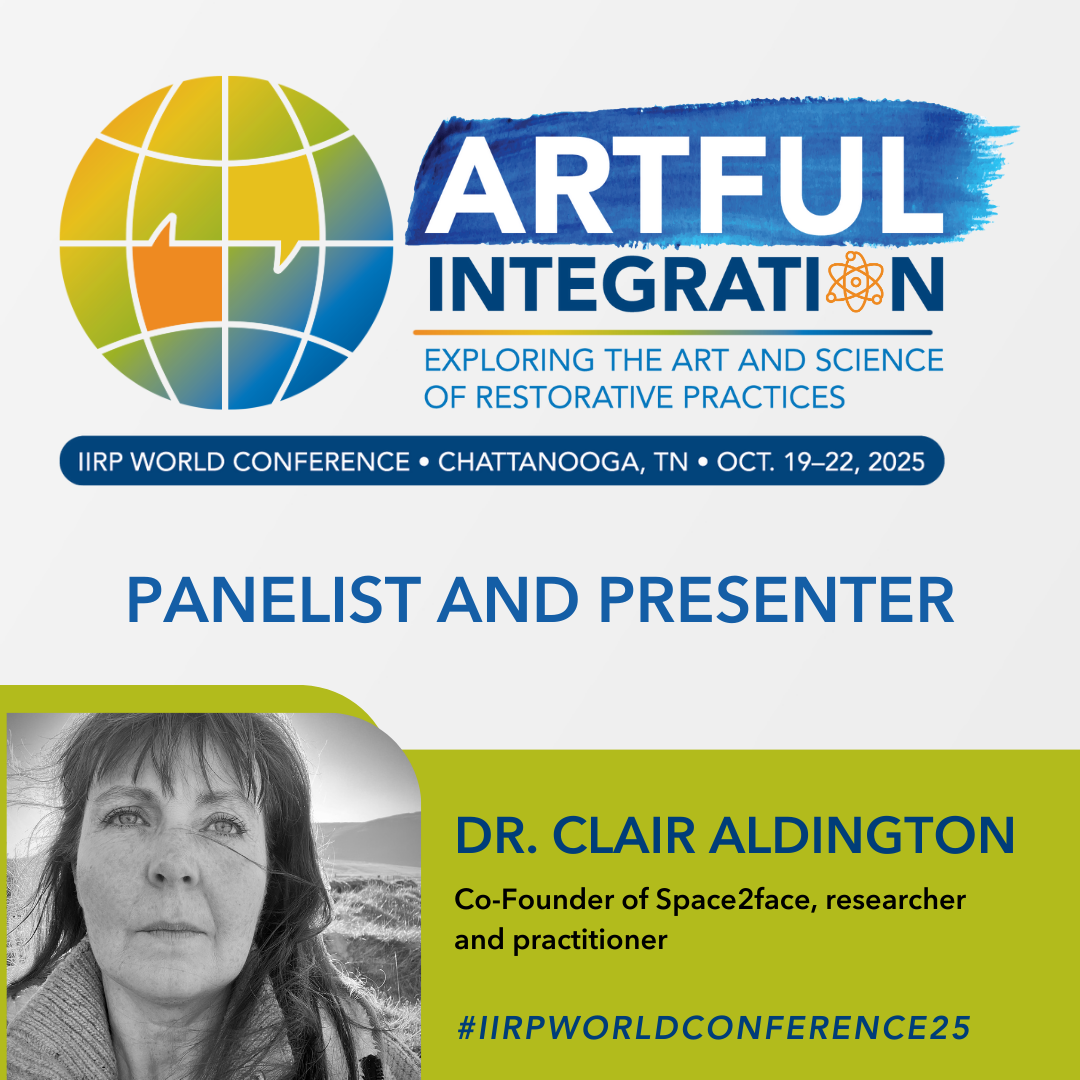Island living
Island living; A review of the learning and outreach programme of Shetland Amenity Trust
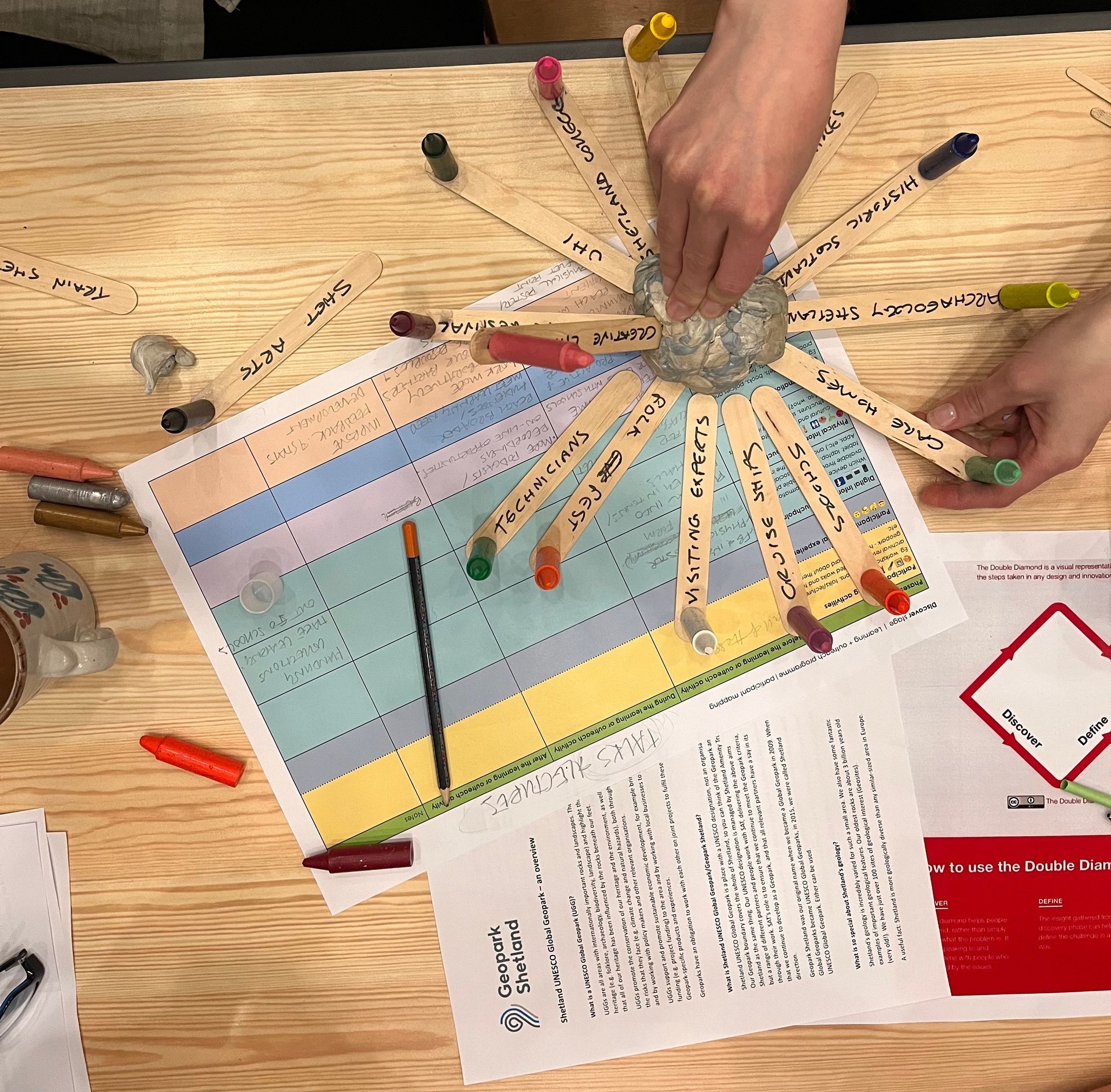
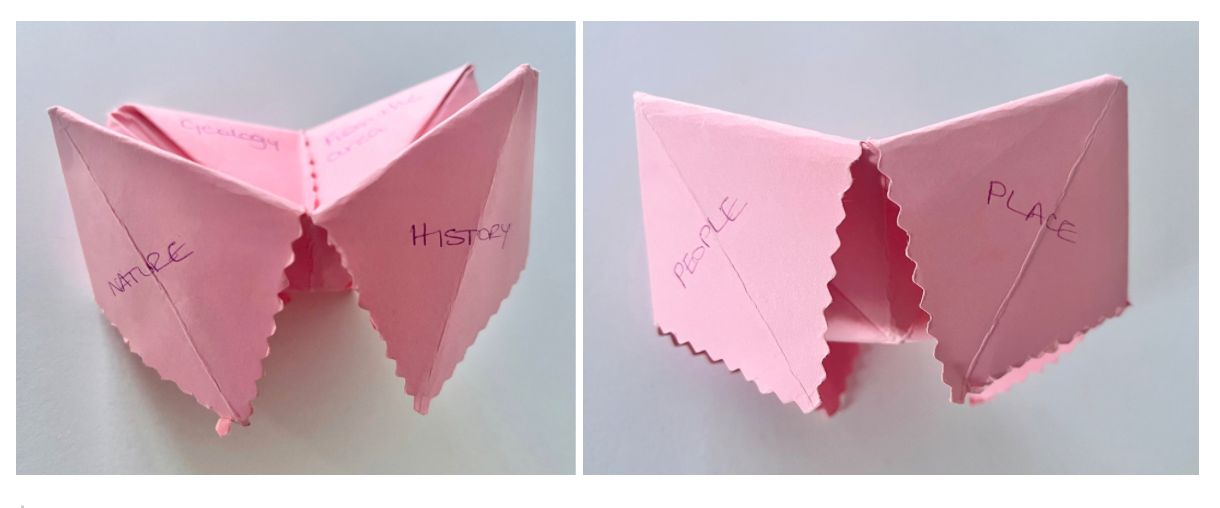
Between June and October 2023 I was delighted to be commissioned to undertake a review of Shetland Amenity Trust’s learning and outreach programme. My report is now available here.
Shetland Amenity Trust has the particular responsibility of caring for Shetland’s natural and cultural heritage on behalf of the local community. To do this, the Trust delivers a range of projects and activities connected with Shetland’s heritage through partnerships with local, national and international agencies.
In total, there are 130 contributors to the review. Their views are gathered through 1) interviews with stakeholders and potential stakeholders, 2) a workshop and interviews with staff, and 3) a community survey. During their workshop, staff made a number of prototypes to visualise what they saw as development priorities. The images at the start of this post are two such prototypes being co-created.
The review employed Design Thinking. This means that I aimed to do things with people rather than to and for people. In particular, I used the Design Council’s (2023) ‘Framework for innovation’ (see image at the end of this post) which is described as,
"helping designers and non-designers across the globe tackle some of the most complex social, economic and environmental problems’. Design Thinking is a process that includes the stakeholders in a particular service in the decisions made about that service."
The report is structured around the four stages of the Framework for innovation - discover, define, develop, deliver. Within it, I make a number of recommendations. These may be seen in Part 4 (pages 146 - 164) of the report.
Island living - a unifying theme for the learning and outreach programme
Broadly, I propose the theme of Island living as a unifying theme for Shetland Amenity Trust's learning and outreach programme. The phrases ‘islands and islanders’, ‘sense of being an islander’, and ‘island life’ are all phrases from the community survey. Island living is deliberately a very broad theme which stems directly from comments such as those quoted, as well as from the contextual review findings. The theme is also intended to closely identify with the Shetland UNESCO Global Geopark as an understanding that the geological uniqueness of Shetland influences all our lives in Shetland. This is in terms of the terrain and natural environment, what we can grow, the species that live here, and thus, our way of life, culture, and the objects that are useful to us throughout our history in the islands. Thus, I mean Island living to encompass both natural and cultural heritage and in this way to act as a unifying theme across Shetland Amenity Trust's teams and multiple sites in terms of learning and outreach.
Key findings
The key findings from this review, expressed as common themes in the report, correspond with themes from the strategies, documents, literature and media outlined in the contextual and literature review. Such shared themes are around 1) the importance of handling and interacting with objects and the role they play in our lives, 2) the contribution of experiential heritage learning in the promotion of wellbeing, particularly through natural heritage post COVID-19, 3) the active promotion of inclusion and diversity within learning programmes through outreach, and 4) viewing collaboration and partnership working as key in the current time of limited resources. In this review, there was particular emphasis placed on the collaborative delivery of progression pathways through heritage learning.
The concept of belonging also emerged from the participant findings in this review. I think it is a profound one and perhaps more nuanced than the other common themes. Notions relating to belonging to place and community are also an implicit part of the local strategies, as well as within the national ones, in terms of hearing local voices in heritage conversations and policy development. For example, learning about and understanding local culture and heritage encourages people to live, work, study and invest in a place.
Overwhelmingly, the Shetland community would like more learning and outreach activities and stakeholders desire more collaboration and partnership with Shetland Amenity Trust. These are massive opportunities to build on regarding the learning and outreach programme development and ones which have exciting potential. An implicit concern and a sense of loss emerges around the perceived industrialisation of the landscape and traditional skills such as stone dyking, boat building and ways of life such as crofting, farming and maritime heritage. These are challenges and important discussions that directly relate to both the content of heritage learning programmes and impact on people’s engagement with them. They also relate to the climate change crisis and people’s sense of wellbeing and belonging within the Shetland community - both themes that emerge through this research. This is in parallel with the reality that Shetland’s major industry sector (fishing and aquaculture) relies on the islands’ natural resources.
I hope that the future development of a learning and outreach programme within Shetland Amenity Trust takes these challenges and opportunities on board. This is alongside harnessing the significant enthusiasm, passion and care, the participants (staff, stakeholders and the community) in this review reveal for Shetland’s cultural and natural heritage.
Why I was delighted to be commissioned as the reviewer
I was particularly delighted to be commissioned to undertake the review because, as a researcher and creative practitioner, I am interested in how we navigate transition and change in our lives both individually and collectively. In addition, how artefacts and objects can facilitate and symbolise these changes. This connects with material culture* and is perhaps much of what heritage learning is about in relation to museum collections and archaeological finds. For me, this is coupled with an understanding of how our natural environment affects and influences our culture and the objects we make and use. This means I am interested in how humanity relates to and uses the land and marine environments (including the species they are home to) - for which, in our lifetimes, we are short term custodians. These complex relationships between objects and people, and people, land and ocean are fraught with the challenges of ownership, change and advancement. Yet, it is these complexities that can provide a rich resource and
opportunity for learning, knowledge exchange, research and skills development within natural and cultural heritage contexts.
As an adopted islander, researcher and practitioner I am deeply interested in how the perspective of the islander challenges and offers a different perspective from that of the mainlander. For example, in their book about Scotland and islandness, Burnett, Burnett & Danson (2021) state,
"Scotland’s islands are notable for the collective community efforts and energies to identify, protect and care for local histories, and tangible and intangible heritage, and who is best placed to do it. Sustaining the islands’ rich cultural histories has not been without challenge. The cultural services sector remains precarious, subject to budgetary constraints, and much of the community arts and cultural activism energies are contingent on the continued support and engagement of wider community support and volunteerism." (p. 15).
Being an islander means that every aspect of our living is affected by our geography, land and seascape - in very different ways to that of the mainlander. Collectively, island living is about what it means to live within, work and care for the natural and cultural heritage of our islands in an ongoing way. Island living is also deeply personal and relational. Hence, the strong emotions that the topics covered in this review can arouse in us, such as around land use summed up in the quote below,
"Land - its use, ownership and representation - more generally remains a passionately debated topic in Scotland, not least as it informs narratives more broadly of Scotland’s rural assets as resource, as sites for development and for identity claims and validation." (Burnett, Burnett & Danson, 2021, p. 16).
* Material culture examines people’s relationship with their things, how they are made, preserved and interpreted.
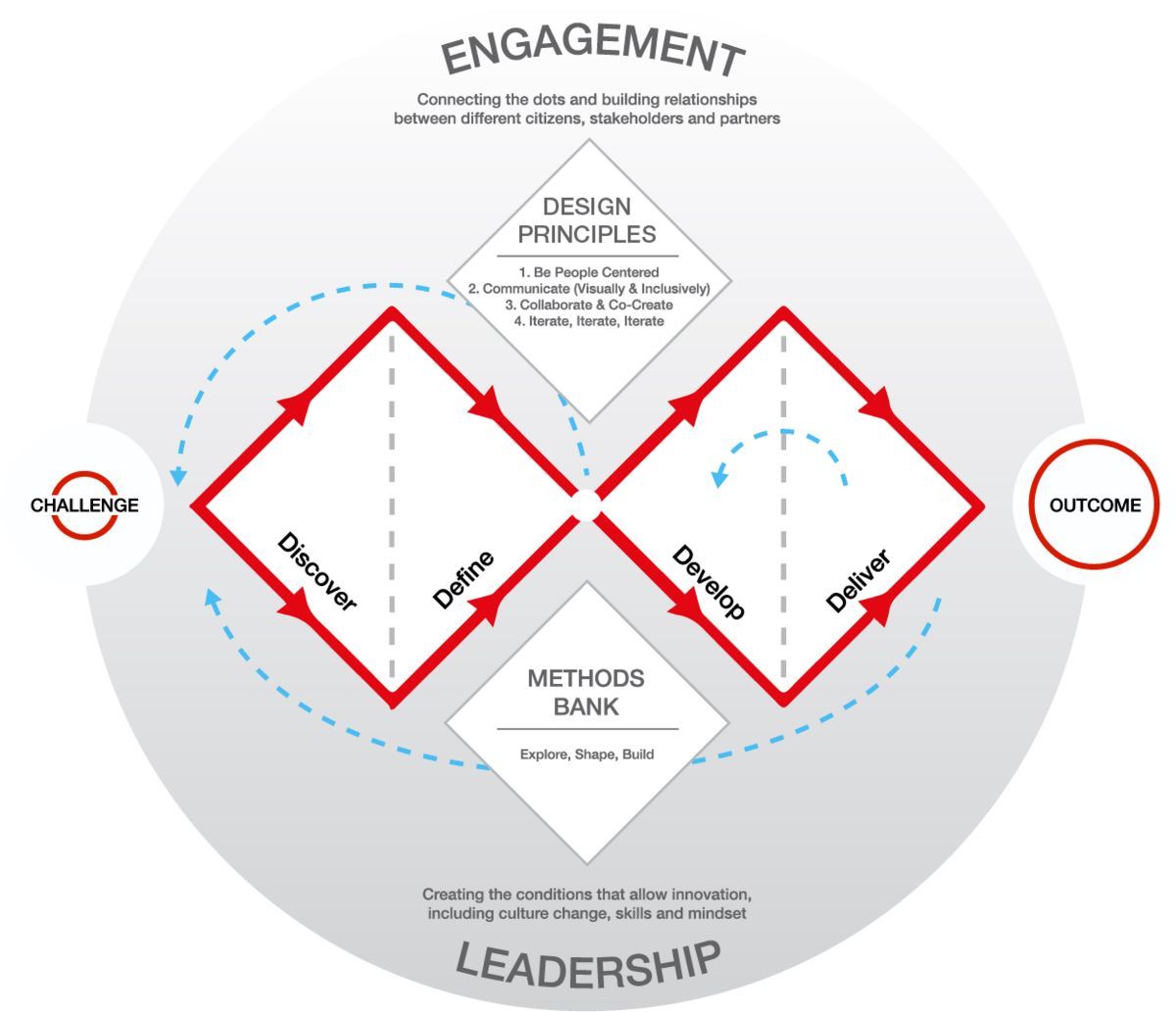
Note: Image source and copyright Design Council licensed under a CC BY 4.0 license.
